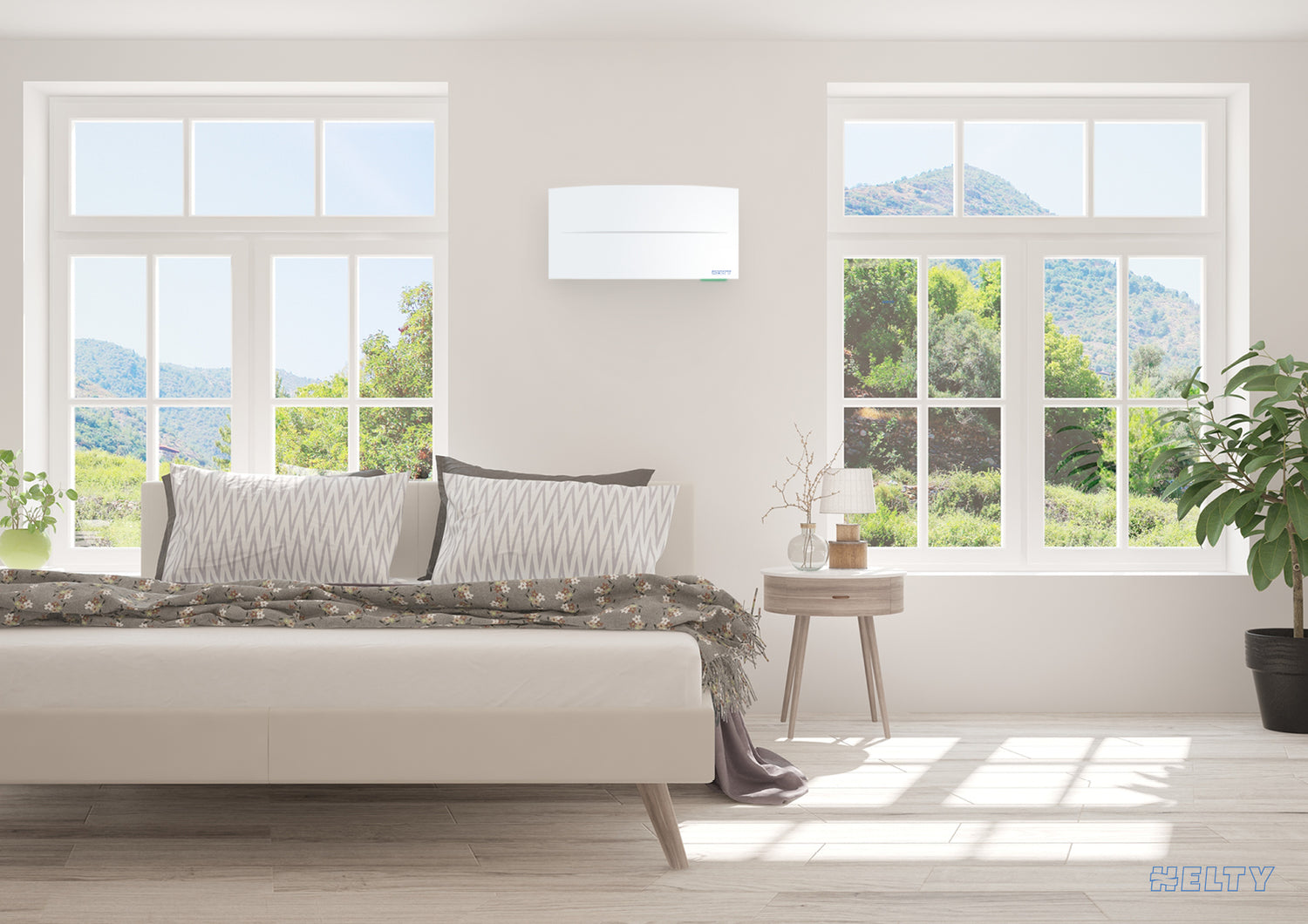
Why Install a Ventilation System in Your New Home?
Achieving the Perfect Balance of Airtightness and Fresh Air
In the construction of modern homes, airtightness has become a critical focus to improve energy efficiency and reduce heat loss. While this is beneficial for maintaining a comfortable indoor environment and minimising energy consumption, it also emphasises the need for proper ventilation.
Here’s why ventilation is essential for your new home, especially in the light of its airtight nature:
1 - Balance Airtightness with Fresh Air: New homes are built to be highly airtight, which helps prevent drafts and heat loss. However, this airtightness also means that without proper ventilation, stale air and pollutants can become trapped inside, leading to poor indoor air quality. Ventilation systems introduce a controlled flow of fresh air, maintaining a balance between airtightness and the need for a continuous supply of clean, oxygen-rich air.
2 - Remove Indoor Pollutants: Even in a well-constructed home, various indoor pollutants can accumulate over time. These pollutants include volatile organic compounds (VOCs) released by building materials, cleaning products, and even furniture, as well as allergens, dust, and pet dander. Proper ventilation systems help remove these pollutants, ensuring healthier indoor air for you and your family.
3 - Prevent Excessive Moisture: Airtight homes can be prone to moisture buildup, leading to issues such as condensation on windows, dampness on walls, and
mould growth. Effective ventilation helps control humidity levels by expelling excess moisture and allowing fresh, dry air to enter. This prevents the development of mould and mildew, which can damage surfaces and negatively impact indoor air quality.
4 - Healthy Living Environment: Ventilation plays a crucial role in maintaining a comfortable indoor climate. Lower CO2 levels are directly related to improved alertness and feeling of wellbeing. Maintaining pollutant free healthy air can also help in the management of respiratory illnesses such as Asthma
5 - Energy Efficiency and Cost Savings: While it may seem counterintuitive, a well-designed ventilation system can contribute to energy efficiency. By utilising energy recovery mechanisms, such as heat exchangers, ventilation systems recover and reuse the energy from
outgoing air to condition incoming fresh air. This reduces the energy demand for heating or cooling, leading to cost savings and a smaller environmental footprint.

You may be interested in...
-
Hex 390 Supply Extension 200mm
Regular price $147.00 NZDRegular priceUnit price / per -
Hex 390 Supply Extension 150mm
Regular price $146.85 NZDRegular priceUnit price / per -
Hex 390 MVHR Ventilation Kit
Regular price From $3,449.00 NZDRegular priceUnit price / per -
Hex 390 Extract Extension 200mm
Regular price $147.00 NZDRegular priceUnit price / per




